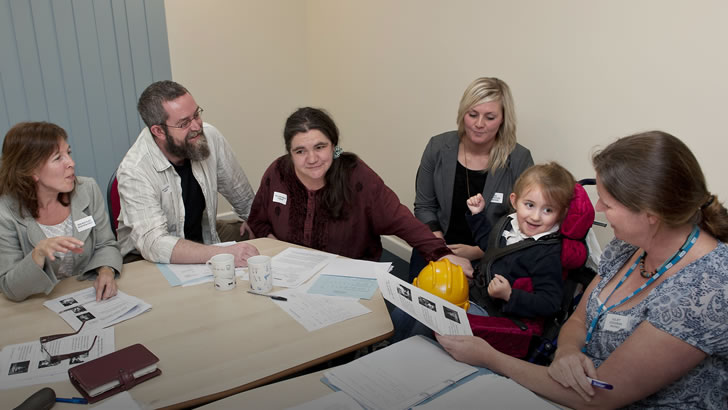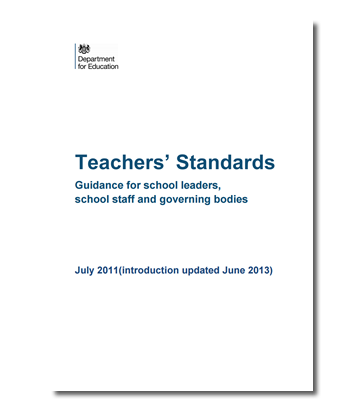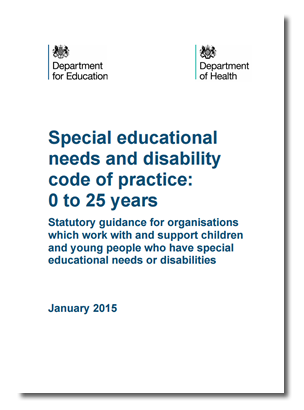

Level B of this module explains how legislation is the means by which the rights
of children/young people with SLD/PMLD/CLDD are secured.
It also explores how practitioners can apply this to their duty to respond to the
needs of children/young people and the procedures by which the rights and duties
are woven together.

The materials in this level are intended to provide the tools for those working with children/young people with SLD/PMLD/CLDD to be able to:
- Know the rights of children/young people and their families and support them in educational settings;
- Be aware of the key agencies’ roles in relation to their own role; and
- Understand key procedures of the statutory process and be able to identify and discuss current challenges and trends.
Details of the professional standards that apply to all teachers in England can be obtained from the Department for Education website. These standards apply to all teachers regardless of their career stage and all aspects of the standards are relevant to teachers working with children/young people with special educational needs and disabilities.
Teachers' Standards (Department for Education, 2011; updated, 2013)

As defined by the Department for Education/Department of Health 0-25 SEND Code of Practice (2015), children/young people have special educational needs if they have a learning difficulty which calls for special educational provision to be made for them.
A child of compulsory school age or a young person has a learning difficulty if he or she has:
- ’A significantly greater difficulty in learning than the majority of others of the same age, or
- ’A disability which prevents or hinders him or her from making use of facilities of a kind generally provided for others of the same age in mainstream schools or mainstream post-16 institutions.’

With thanks to the professionals who contributed to
this module:
Module content
Professor Hilary Constable, University of Cumbria
Iain Chatwin, Independent SEN Trainer and Consultant
Dame Philippa Russell, Chair, Standing Commission
on Carers
All modules produced by The Schools Network and
Real Group (UK) Ltd for the Training Development Agency
for Schools (TDA).
Editorial team
Dr Mark Turner, Real Group (UK) Ltd
Professor Hilary Constable, The Schools Network
Jo Egerton, Schools Research Consultant (Edition 2)
Anne Fowlie, The Schools Network
John Truman, The Schools Network
Annie Grant, Independent Consultant
Production and design
Jonathan Bond, Real Group (UK) Ltd
Colm Gibson, Real Group (UK) Ltd
David Hutter, Real Group (UK) Ltd
Ruth Earl, Real Group (UK) Ltd
Video, audio and photography
Atomic Productions
Project management
Professor Barry Carpenter, The Schools Network
Alan Macgregor, Real Group (UK) Ltd
Sylvia Paddock, The Schools Network
Dr Mark Turner, Real Group (UK) Ltd
Caroline Ward, The Schools Network
Thanks to all the children/young people, parents, carers, assistants and teachers for their involvement.